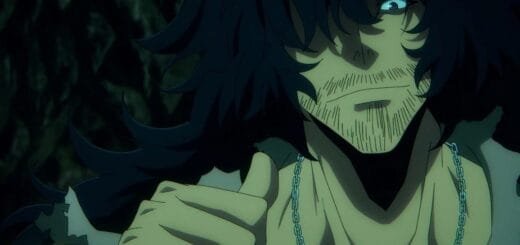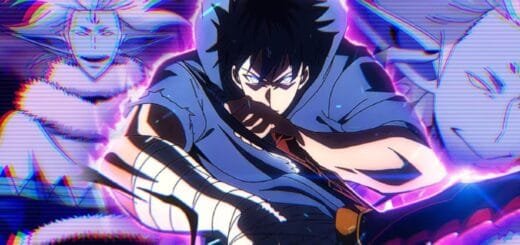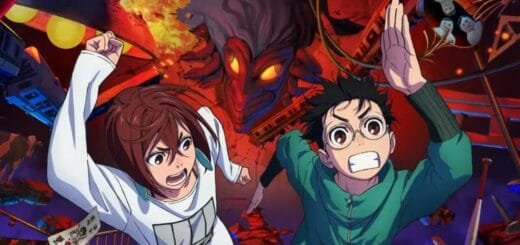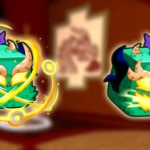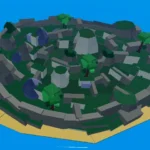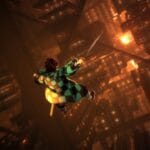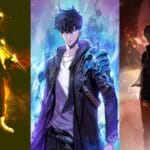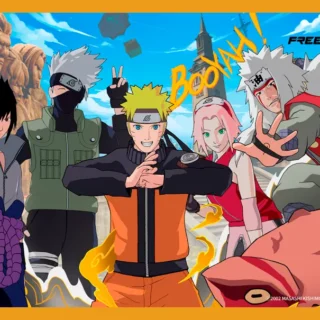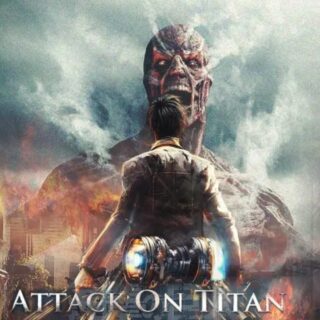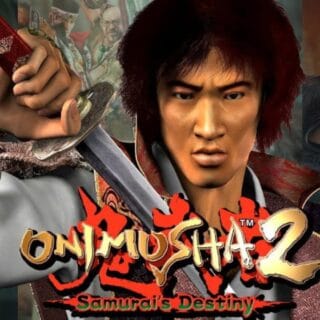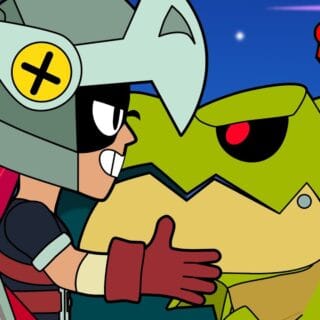Manhwa, manhua, manga, webcomic and webtoon: understand the differences
Find out what you will see in this post with a brief summary
The universe of oriental and digital comics is vast and diverse. Terms such as manga, manhwa, manhua, webcomic and webtoon are often used interchangeably, but they represent distinct styles with their own origins and formats. Understand the differences between each one and discover which one best fits your reader profile.

Manga: the Japanese tradition
Manga is a comic book originating in Japan known for its stylized style and for reading in an oriental sense (from right to left). Published generally in black and white, it follows a serial publication model in magazines such as Shonen Jump and Young Magazine , before being compiled into volumes ( tankōbon ).
Manga are categorized by target audience, such as shonen (for young males), shojo (for young females), seinen (adults), and josei (adult women). Famous works include Dragon Ball , Jujutsu Kaisen , Demon Slayer , Naruto , One Piece and Attack on Titan .

Manhwa: the Korean comic
The manhwa is the South Korean of the manga, but it has marked differences. The main one is reading in the Western sense (from left to right). Traditionally published on paper, the manhwa has a strong Japanese style influence, but with narratives that explore Korean culture and themes.
In recent years, the digital format has dominated the manhwa market, leading to the popularization of webtoons (which we will explain later). Some well-known works are Solo Leveling , Tower of God and The God of High School .

Manhua: the Chinese answer to manga
Manhua is the Chinese equivalent of oriental comics, and may come from mainland China , Taiwan or Hong Kong . Visually, it is more colorful than the manga and can be found in both print and digital formats.
Manhua is heavily influenced by traditional Chinese aesthetics, and the stories often explore historical, mythological, and martial arts themes (as in the wuxia ). Therefore, the reading may vary, being from right to left in Taiwan and Hong Kong, and from left to right in mainland China . Popular examples include The King's Avatar and Feng Shen Ji .
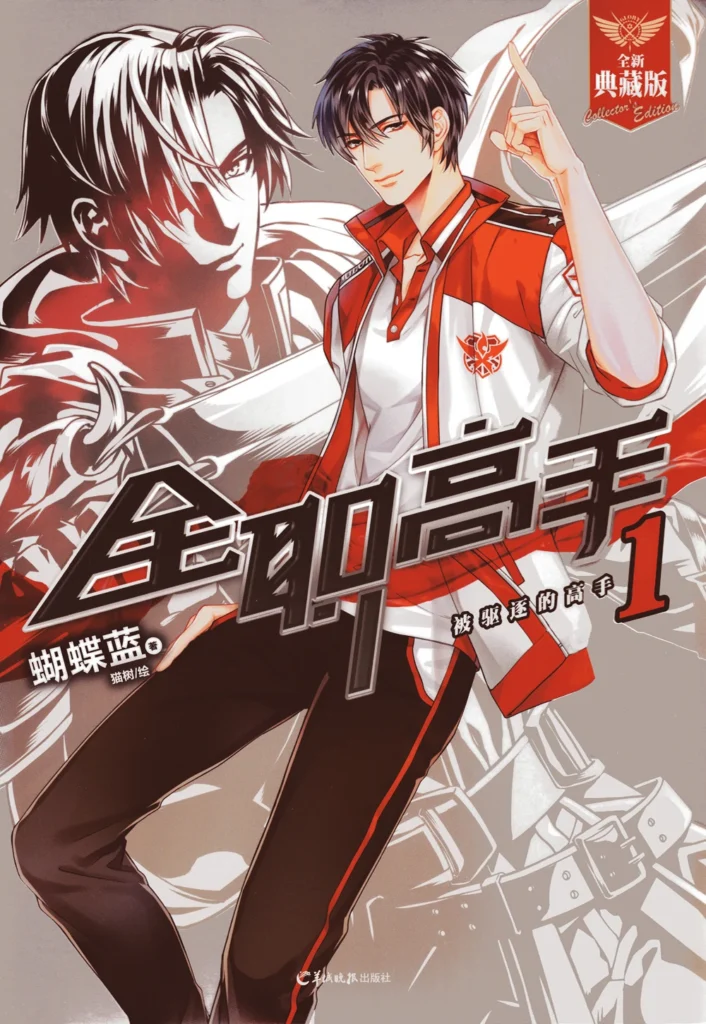
Webcomic: Western digital comics
The term webcomic refers to comics published directly on the internet, without bond with traditional publishers. They are common on platforms such as webtoon , tapas and webcomics , covering various styles and genres. Webcomics adopt a more flexible format than manga , nominee and imprints , thus allowing reading in conventional strips, panels or pages .
Popular works include Sarah's Scribbles , Lore Olympus , and Heartstopper .
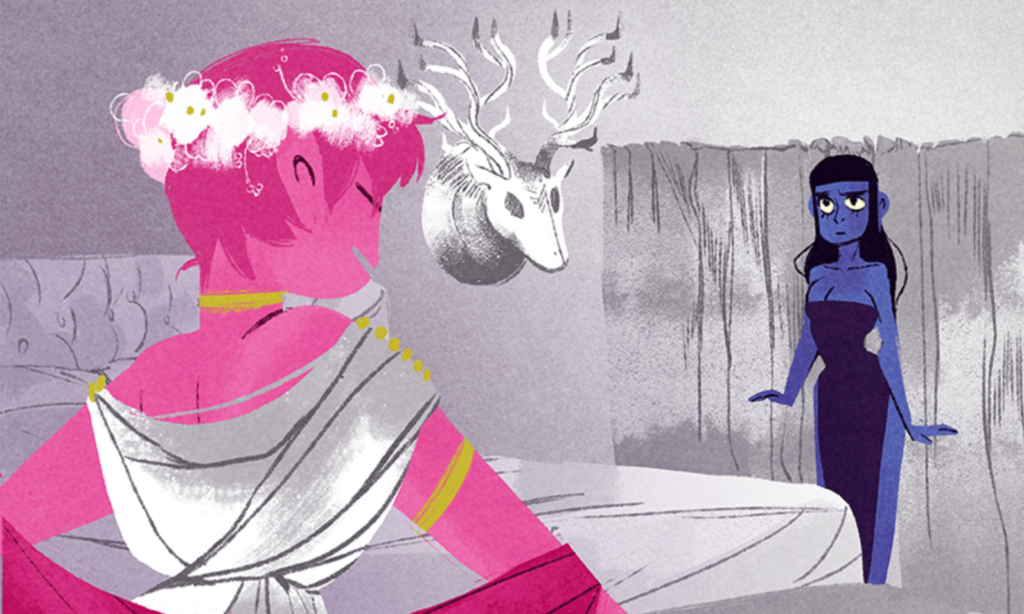
Webtoon: Manhwa's digital revolution
The webtoon is a comic book format created in South Korea , designed for digital reading, especially on mobile devices. The main feature is continuous vertical scrolling, which makes the experience more fluid.
Different from the Manhwa , webtoons usually bring vibrant colors and use long panels to maintain reading fluidity. They are extremely popular in Korea and have won the global audience thanks to platforms such as Naver Webtoon and Line Webtoon .
Among the successful webtoons are Lore Olympus , Omniscient Reader's Viewpoint and True Beauty .

Although they share similarities, manga, manhwa, manhua, webcomic and webtoon have important differences, whether in art style, publication format or cultural origin. With the advancement of digital reading, webtoons and webcomics are growing rapidly, challenging the traditional market. Whatever your taste, there are countless stories waiting for new readers.
